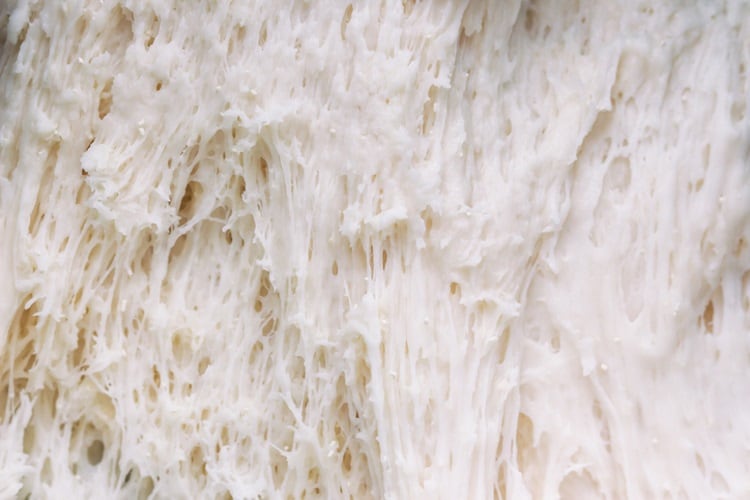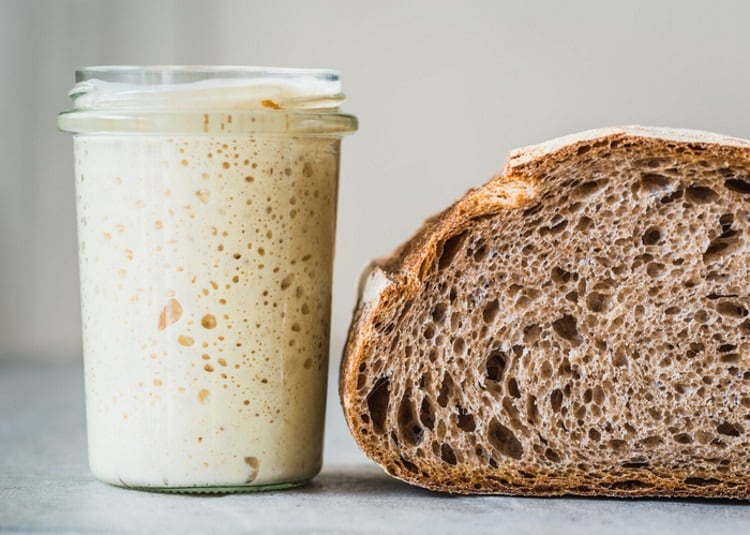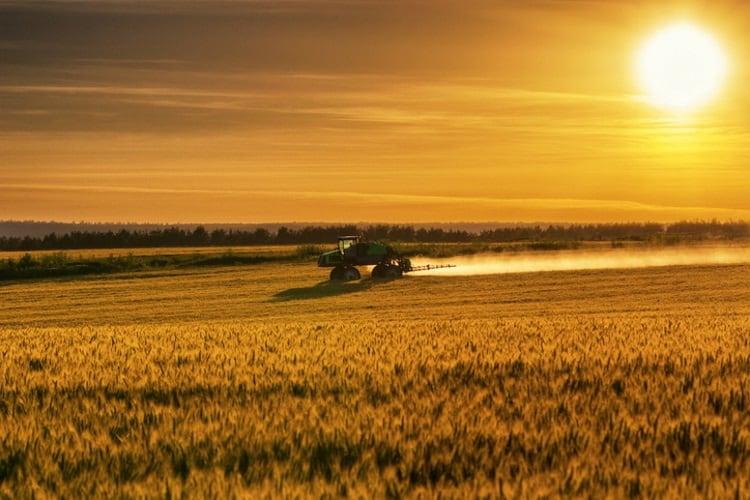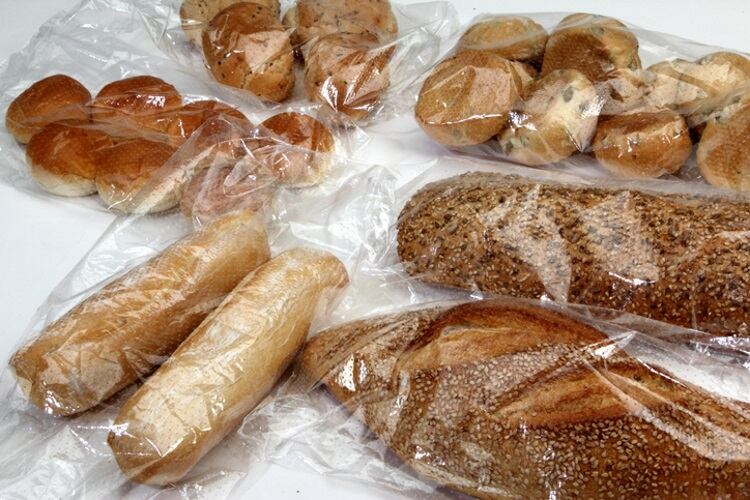Baker’s yeast is the common name for the strains of yeast commonly used as a leavening agent in bread and other bakery goods. It causes bread to rise by converting the fermentable sugars present in the dough into carbon dioxide and ethanol. The same species is also used in alcoholic fermentation and a common model organism that researchers use to study biological processes, including disease.
Though each yeast organism is made up of just one cell, yeast cells live together in multicellular colonies. They reproduce through a process called budding, in which a ‘mother cell’ grows a protrusion known as a ‘bud’ that grows to the same size as the mother and splits off.
“They’re single-celled organisms, so they don’t grow to become mushrooms or anything like that,” said Dr Sarah Walker, assistant professor of biological sciences at the University of Buffalo (UB).
Hunkering down
When food supplies run low or the environment gets harsh, S. cerevisiae can produce special stress-resistant cells called spores, which can stay dormant for long periods of time, germinating when conditions improve. Regular, non-spore yeast cells can also be preserved through freezing.
“Yeast cells can hunker down and wait – they can go into a sort of suspended animation to survive stress,” added Dr Walker.
“We can’t do it, but they can. In the lab, we put them in a -80° Celsius [-176°F] freezer, so it’s a deep freeze, and they are stable for years and years. Later, we take a little bit of the ice out of the frozen culture, and it starts growing again.”
According to Dr Laura Rusche, UB associate professor of biological sciences, yeast can be found everywhere in nature – on tree sap, on grape skins, on fallen fruits. The organisms drive the process of decay, helping to break down plant material.
“Where it proliferates is on rotting vegetative matter, rotting fruit. It likes sugar,” said Dr Rusche.
Takes in sugar and spits out CO2 and alcohol

Watch dough rising in a 100-minute time-lapse animation (Credit: Douglas Levere/University at Buffalo)
Walker explained S. cerevisiae and other yeast species eat sugar and produce byproducts, including carbon dioxide – which is responsible for the air pockets in leavened bread – and alcohol.
“Yeast evolved to take advantage of high-sugar plant material that came about when flowering plants emerged,” she said.
“The plants make sweet fruits to attract animals to move their seeds around, but the fruits mostly get dropped on the ground, and they rot, and the yeast are taking advantage of all this. They’re what’s doing the rotting.”
Research by the UB scientists sheds light on the basic biology of S. cerevisiae, but also helps them to understand cellular processes in other species, ranging from disease-causing yeasts to humans.
Dr Rusche’s lab uses S. cerevisiae to learn more about how certain genes get switched on or off in response to stress, while Dr Walker’s team uses the organism to probe the intricacies of mRNA translation, which causes cells to produce proteins.
Scientists like to work with baker’s yeast because it’s cheap, its genetic material is easy to manipulate and it grows quickly.
“Yeast cells are a good model organism because you can grow a culture overnight. Doubling time is only an hour-and-a-half, whereas if you’re growing a mammalian cell culture, it can take a few weeks,” said Dr Walker.
“A lot of the time, yeast has a pared down version of the genetic machinery that’s required for similar processes in higher organisms. So sometimes we do our initial work in yeast, and then we try to follow up on promising results in mammalian cells.”
Christopher Rupert, a PhD candidate in Dr Rusche’s lab and an avid home baker, added, “A lot of people associate yeast with beer and bread. Yeast ferments – it takes in sugar and spits out alcohol and CO2 – and that’s why we love it so much.
“But what’s interesting is that it is hypothesised that this evolved as a way for yeast to fight other micro-organisms. Yeast has a higher alcohol tolerance, so when it is secreting alcohol, it is killing bacteria around it, so it’s the only one that’s left.”
Need love and care
However, yeasts did not evolve specifically to help humans and need human input to thrive.
For example, S. cerevisiae thrives at temperatures of about 85°F (29°C), which is why seasoned bakers often keep their rising dough somewhere warm. Too cold and the yeast will be slow to grow. Too hot and it will die.
“If you bake or brew with yeast, you have a living organism. You have to give it time and a nice warm environment,” said Dr Rusche.
“Humans domesticated Saccharomyces cerevisiae, but there are so many different species of yeast in the world.
“Sourdoughs contain a lot of wild yeast, and many of those are not Saccharomyces. They’re such interesting organisms.”
Yeast is possibly man’s oldest industrial microorganism, with findings that suggest that ancient Egyptians used it to leaven bread and produce alcoholic beverages over 5,000 years ago.
It was not until the invention of the microscope and the work of Louis Pasteur in the late 1860s that yeast was identified as a living organism and the agent responsible for alcoholic fermentation and dough leavening. It then became possible to isolate yeast in pure culture form, which set the stage for the commercial production of baker’s yeast around the turn of the 20th century.




